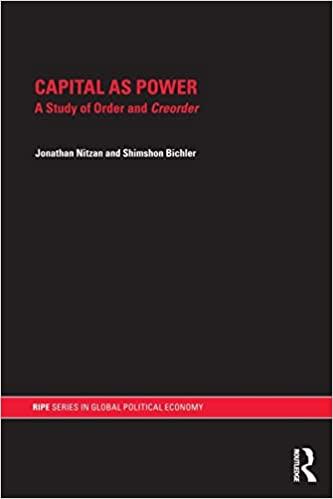11) Which of the following typically has the lowest yield? A) 5-year AAA corporate bond B) 2-year U.S. Treasury note C) Fed Funds D) 3-month U.S. Treasury bill 12) Debt instruments are also called: A) adjustable notes B) credit instruments C) perpetual securities D) interest rate swaps 13) Which of the following characteristic is NOT fixed on a coupon bond? A) Current yield B) Coupon rate C) Maturity D) Par amount 14) If you purchased a U.S. Treasury at a price of $105:08 with a par amount of $5,000, how much did you pay? A) $5,000 B) $5,250 C) $4,762 D) $5,262 15) The expected real interest rate approximately equals: A) the nominal interest rate plus the expected rate of inflation B) the nominal interest rate minus the ordinary tax rate C) the nominal interest rate minus the expected rate of inflation D) the yield to maturity on a coupon bond 16) If a government's outlays exceed its revenues, the government is running a: A) deficit and is a net saver of funds B) surplus and is a net borrower of funds C) deficit and is a net borrower of funds D) surplus and is a net saver of funds 17) The risk structure of interest rates refers to the A) difference in interest rates on bonds with the same maturity B) difference in interest rates on similar bonds with different maturities C) additional yield to compensate savers for the liquidity of the bond D) additional yield to compensate savers for purchasing bonds above par 5) If the three-month Treasury bill yields 3.1%, a ten-year Treasury note yields 4.7%, and a BBB-rated ten-year corporate bond yields 6.5%, what is the term spread? A) 1.60% B) 4.70% C) 1.80% D) 3.40% 6) The expectations theory indicates an upward-sloping yield curve occurs because investors expect rates to: A) rise B) fall C) either rise or remain constant D) no conclusion can be drawn 7) Banks deal with problems of adverse selection by: A) gathering financial information about the borrower B) making only short-term loans C) only lending to existing customers D) charging higher interest rates 8) If you deposit $1,000 in a savings account at an annual rate of 8%, how much will you have in the account at the end of three years? Assume compounding of annual interest and no withdrawals. A) $1,166 B) $1,240 C) $1,260 D) $1,320 9) Which of the following will lead to a higher interest rate on a loan? A) Lower opportunity cost B) Greater excess reserves C) Lower expected inflation D) Higher risk of default 10) In the financial markets, a bond issuer is: A) the borrower B) the lender C) the lender or the borrower depending on the use of the funds D) dependent on the rating agency's report








